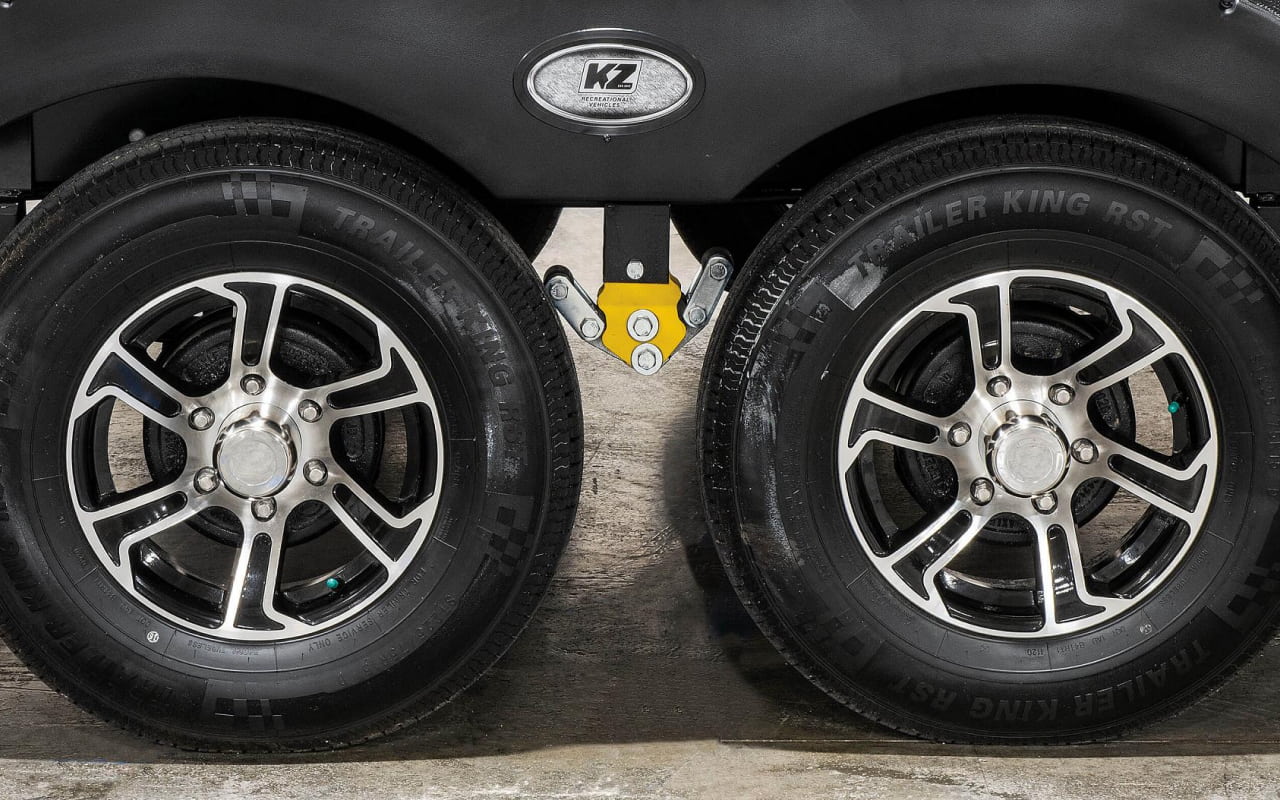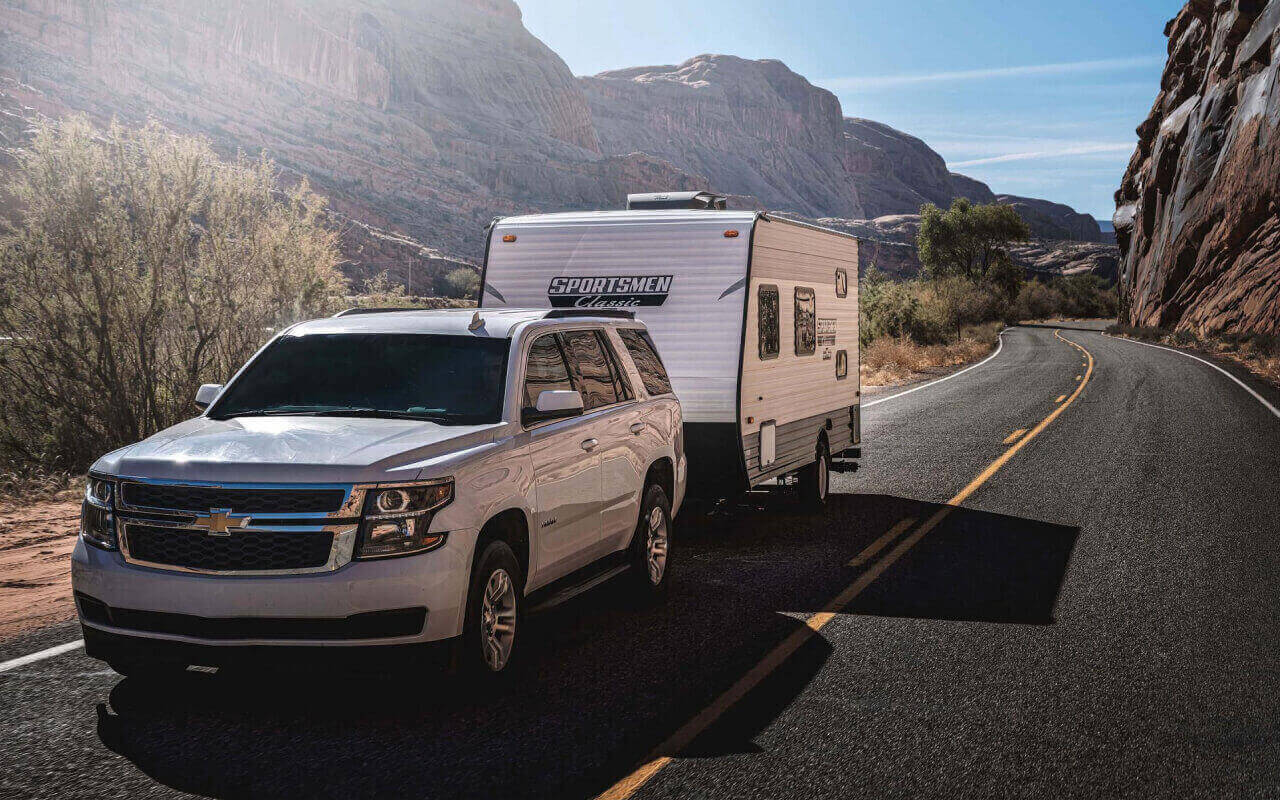
Unless you’re living in your RV full-time, you’ll likely need to store your setup from time to time. Motorhomes and towable units all have special considerations to keep in mind when it’s time to set up for storage. The weather, location, and storage setup you choose will all influence the steps you need to take for RV storage prep.
If you’re ready to store your rig for the colder months, we offer an exclusive RV winter storage service that can be added to your existing RV service appointment.
RV Storage Prep Tips
When you’re putting your RV into storage, there are steps you should take to ensure things will be running smoothly when you’re ready to hit the road again. The exact preparations will vary depending on your RV type, storage type, and the duration of your storage. Generally speaking, there are key steps everyone should take when preparing an RV for storage.
Key RV storage preparation steps include:
- Clearing out any food or perishable items from the RV.
- Defrosting the refrigerator along with ensuring it is clean and dry.
- Draining water and plumbing systems, including black and grey water tanks.
- If your RV is motorized, use a fuel stabilizer when in storage.
- Changing your oil and ensuring the fuel tank is full.
- Disconnecting all batteries and checking their charge throughout the storage period.
There are several types of RV storage to choose from, and your storage type will determine some additional steps you should take for your prep. For example, if you’re storing your RV outdoors, you’ll need to consider sun protection and weatherproofing steps in addition to the standard RV storage prep processes.
Should Vents Be Opened or Closed During RV Storage?
RVers from all states have varying opinions on whether or not you should leave your rig’s vents or windows open while it’s in storage. The location of where you’re storing your RV along with the type of storage will influence whether or not the vents should be left open. Generally, the consensus is that unless you’re able to access your RV to close the vents as needed, you should store your RV with the vents closed.
Keeping the vents closed helps keep any bugs, rainwater, or excess humidity from entering the RV. Some RVers prefer to keep their vents open so that the rig can “air out,” but this can be risky if you’re not able to quickly close the vents as needed and dehumidify the interior of the RV. If you do choose to store your RV with vents or windows open, make sure that you’re able to access your RV to close things up when needed. You should also keep a dehumidifier running in the RV whenever the windows and vents are open, especially if you’re storing it in a humid climate.
Keeping an RV Fresh in Storage
Stale air can be a concern when getting your RV out of storage, but with proper preparation steps, it won’t be a concern. Adding baking soda, air filters, and moisture-absorbing bags can help keep stale air from gathering in the RV while it’s in storage. These steps also help to reduce humidity throughout the storage period.
Ensuring your RV is free of any stagnant water when you bring it in for storage is crucial for preventing humidity buildup. We suggest defrosting your refrigerator and ensuring there’s no remaining water or condensation in the fridge. Showers, sinks, and any onboard laundry equipment should also be thoroughly dried before parking the RV in storage.
We offer a variety of services to keep your RV running smoothly, including our RV winterization service that’s perfect for storage or hitting the road. Visit your local Lazydays RV dealership location to learn more!



